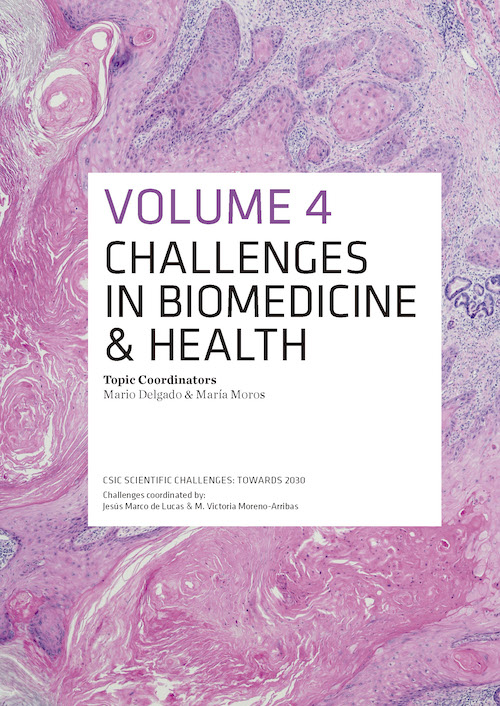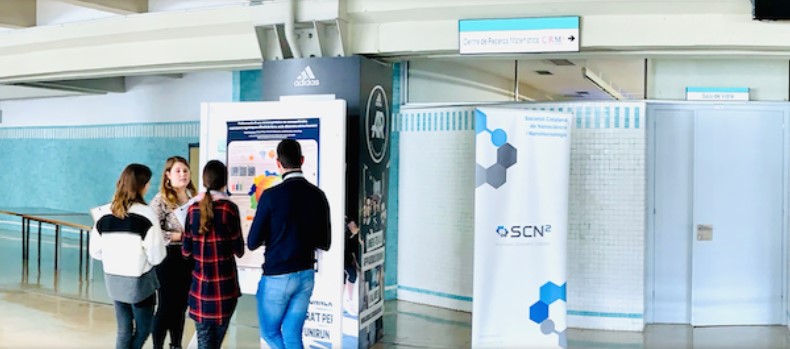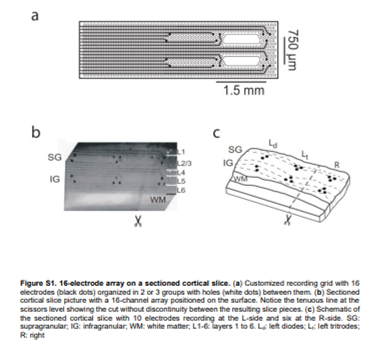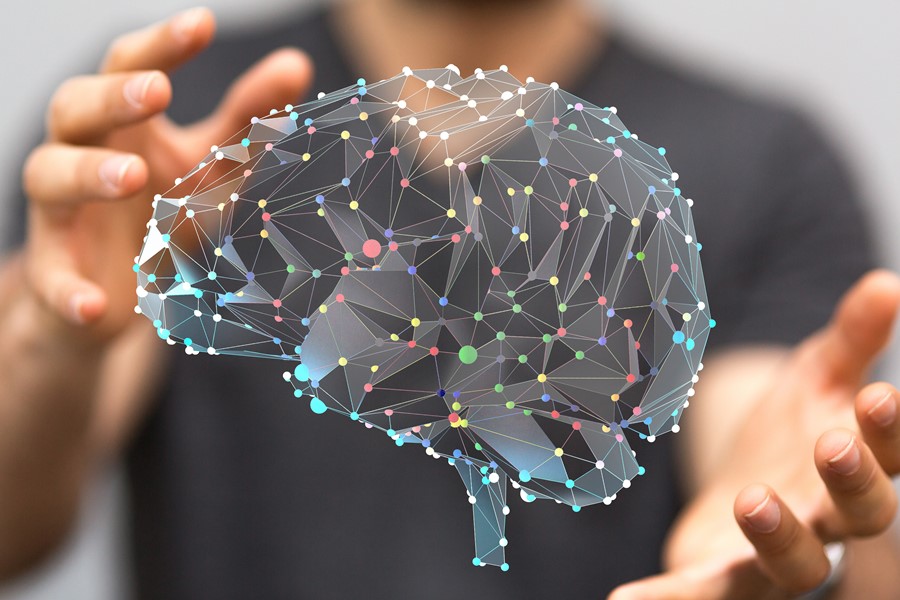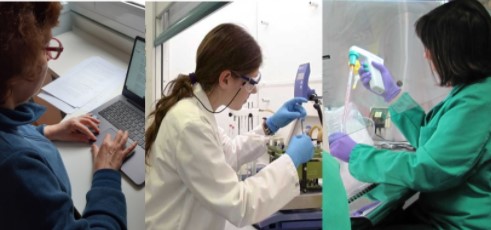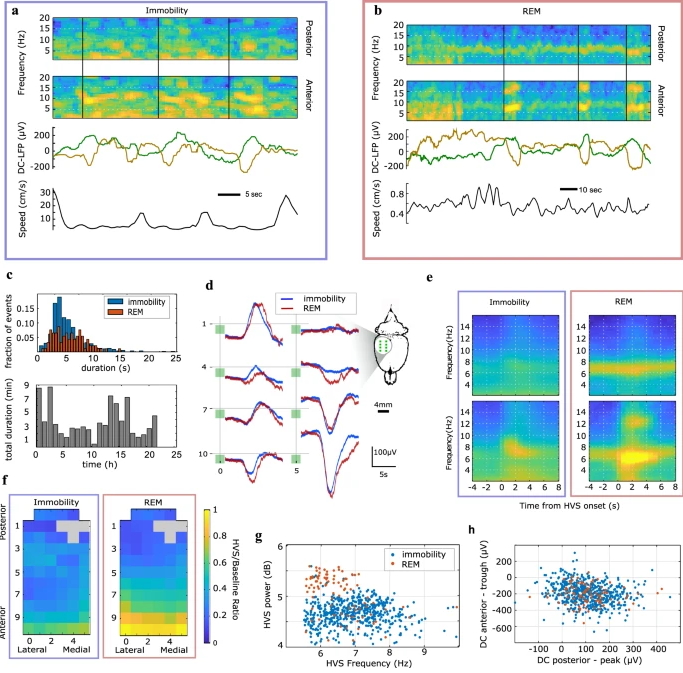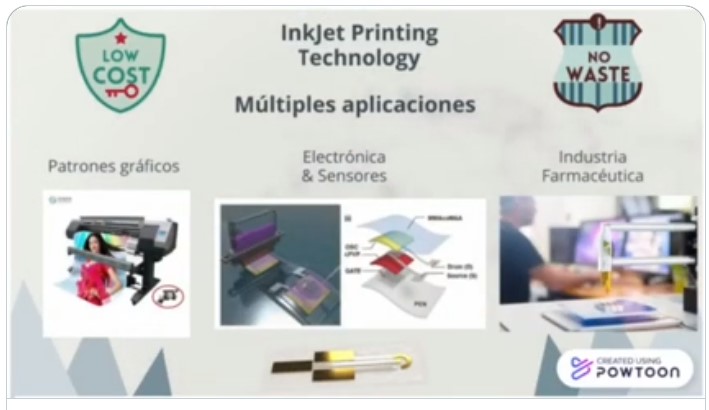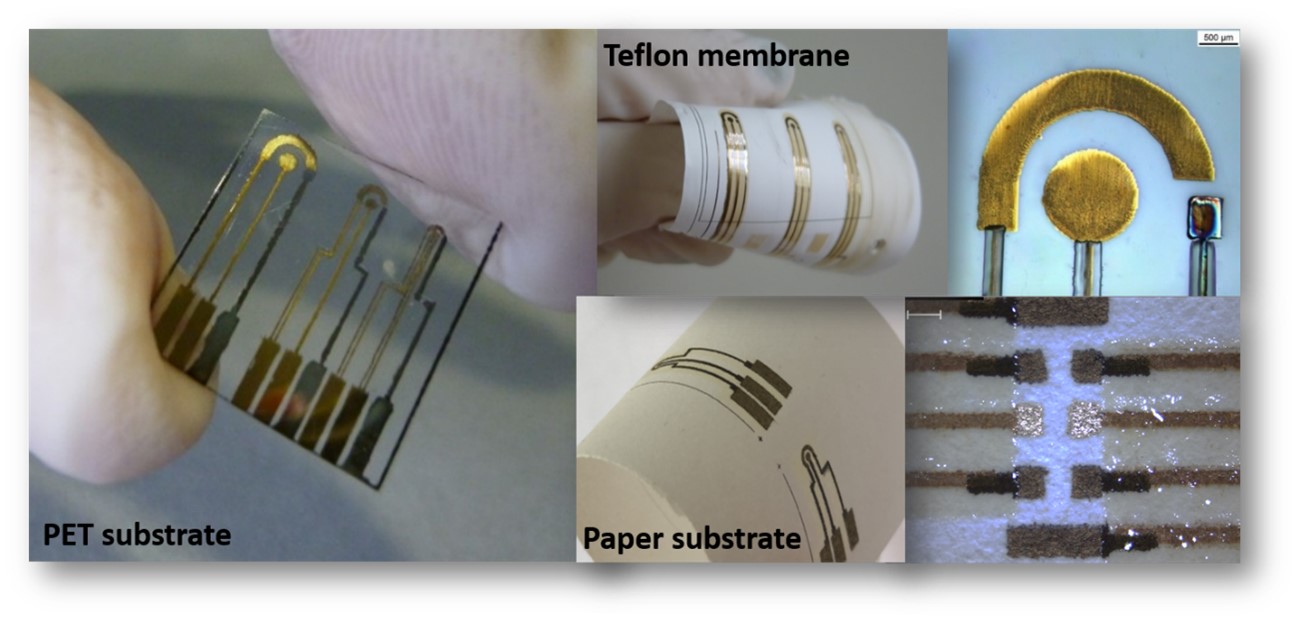Collaboration in the CSIC White Paper “New Challenges in Biomedicine and Health”
The Spanish National Research Council (CSIC) is publishing the White Papers of the 14 strategic themes established on the basis of their scientific impact and social importance. The pen access to the White Paper of the fourth Challenge, New Challenges in Biomedicine and Health, is now avaailable. The book is the result of the “CSIC Scientific Challenges: Towards 2030”, in which the institution tackles the main issues and priorities for the future. This book is coordinated by Mario Delgado (Instituto de Parasitología y Biomedicina “López – Neyra”, Granada) and María Moros (Instituto de Nanociencia y Materiales de Aragón, Zaragoza).
Drs. Rosa Villa (Biomedical Applications Group, GAB and NANBIOSIS U8 Micro– Nano Technology Unit from CIBER-BBN and IMB-CNM-CSIC) collaborate in the eighth topic of the book: “New methods for diagnostic tools and prevention” and is also a part of the seventh topic, “Advanced therapies“.
“New methods for diagnostic tools and prevention” is a highly interdisciplinary area, with a wide range in areas of research, methodologies and applications. It consists on contributions according to imaging modality for diagnostics, detection/screening methods, and prevention and personalised treatments.
The chapter mentions GAB efforts to develop biocompatible and biodegradable implants for neurological applica-tions, and wearable devices (implants and external) for the real time and continuous monitoring, and early diagnosis for in vivo applications. .
As for Organ-on-chips, it contains GAB‘s research in 3D microfluidics and sensors integration to simulate organ and tissuspecific micro-environments. These systems are applied for toxicological stud-ies and personalized medicine and represent a clear alternative to minimize animal experimentation.
In “Advanced therapies” the research in instrumentation for proton tomography and proton-range verification using prompt gamma rays is highly studied.
Biomedicine and Health
A lesson learnt from the pandemia caused by coronavirus is that solutions in health require coordinated actions. Beside this and other (re)emerging infectious diseases, Spain and Europe are suffering a plethora of disorders that are currently acquiring epidemic dimensions, including cancer, rare diseases, pain and food allergies, among others. New tools for prevention, diagnosis and treatment need to be urgently designed and implemented using new holistic and multidisciplinary approaches involving researchers, clinicians, industry and all stakeholders in the health system.
CSIC White Papers
What are the major scientific challenges of the first half of the 21st century? Can we establish the priorities for the future? How should the scientific community tackle them? This book presents the reflections of the Spanish National Research Council (CSIC) on 14 strategic themes established on the basis of their scientific impact and social importance.
